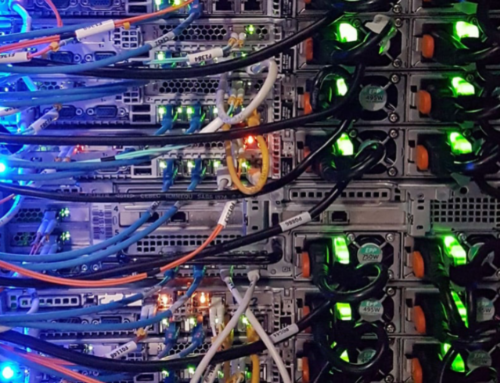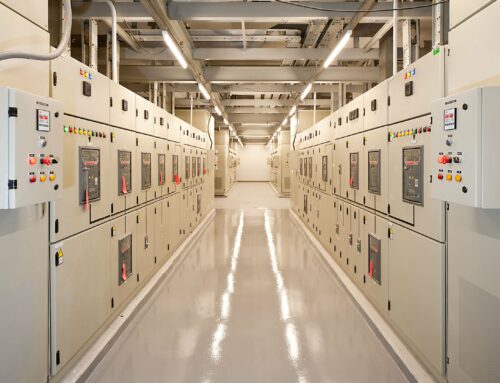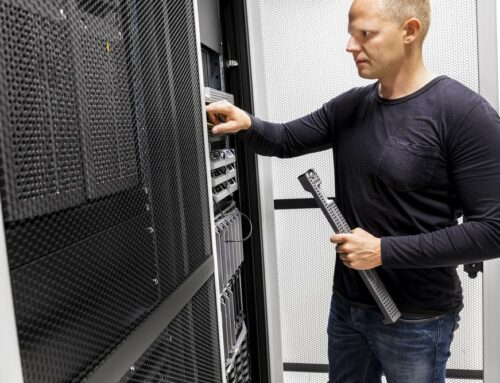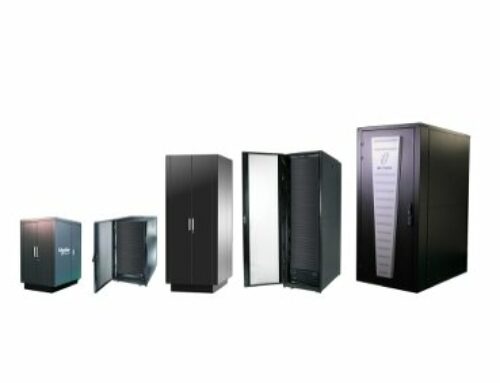For data centers, improving both power system monitoring and control can do a lot to ensure reliable energy supply, which is of key importance in successfully managing these facilities.
Here’s more information on what goes into making these improvements – and how you can do so in your own center:
The Four Pillars of Onsite Power
Of everything that goes into ensuring stable onsite power, four of the most important factors are now industry-standard technologies.
- Supervisory Control and Data Acquisition Systems, a legacy system
- Building Management Systems, another legacy system
- Data Structure Infrastructure Management, a newer system
- Critical Power Management Systems, also newer
Each of these systems brings specific capabilities and strengths to the table, as well as unique limitations. Understanding these will help you select which systems are right for your center and how to use them in collaboration with one another.
Pros and Cons of the Four Systems
Why are there four systems – and why do so many centers use more than one? Compare the four below:
- Supervisory Control and Data Acquisition Systems – These systems are loved for their ability to provide quick equipment status updates to remote, internet-connected devices. This allows for quick responses to problems from staff all over the facility. This kind of response to issues can be overwhelming, though, which can distract from the underlying, more serious problem with a malfunctioning system.
- Building Management Systems – These simple systems are great for straightforward, standalone facilities, including most data centers. However, they may not be capable of distinguishing between critical and less-crucial monitoring, leaving gaps in monitoring coverage.
- Data Structure Infrastructure Management – These sophisticated systems are capable of providing a more comprehensive look at a data center’s IT functions. While powerful and capable, they are less flexible than many other systems and are best used in conjunction with or complimentary to BMS systems and others.
- Critical Power Management Systems – This is the most comprehensive system of data monitoring and control. CPMS is fully-featured and offers some of the most complete function of all of these systems, but still lacks some of the benefits of DCIM systems. Also, they generate an extensive amount of information, which can be overwhelming without proper data visualization technology.
The best and most well-prepared data centers are equipped with each of these types of systems and use them collaboratively to get the best of each.
For more information on power system monitoring and control for data centers and other large-scale business operations, contact the industry experts at LDP.






